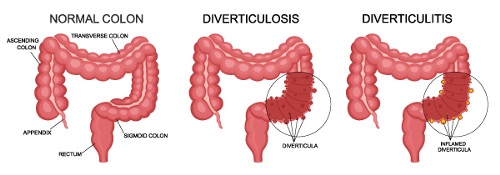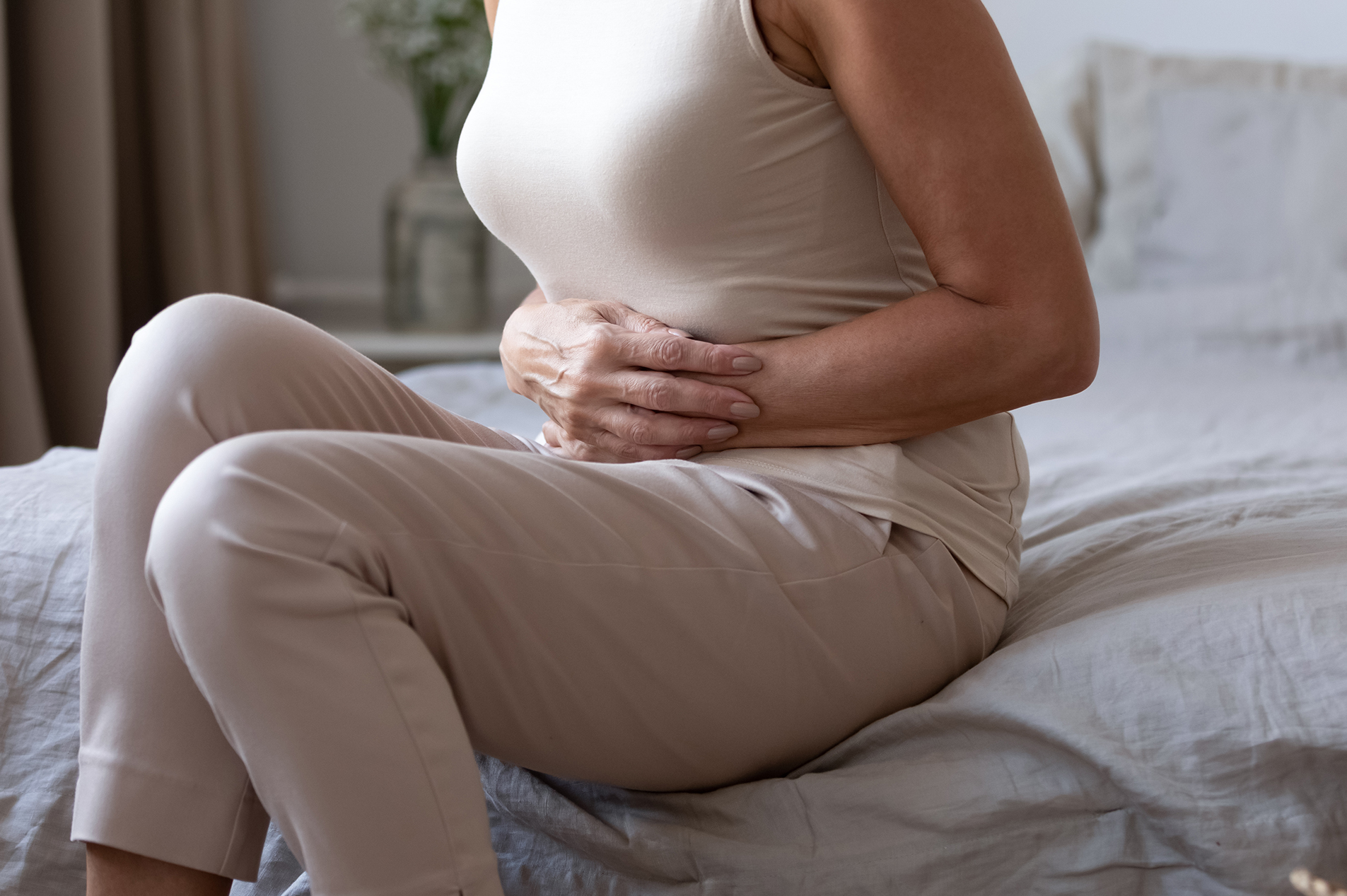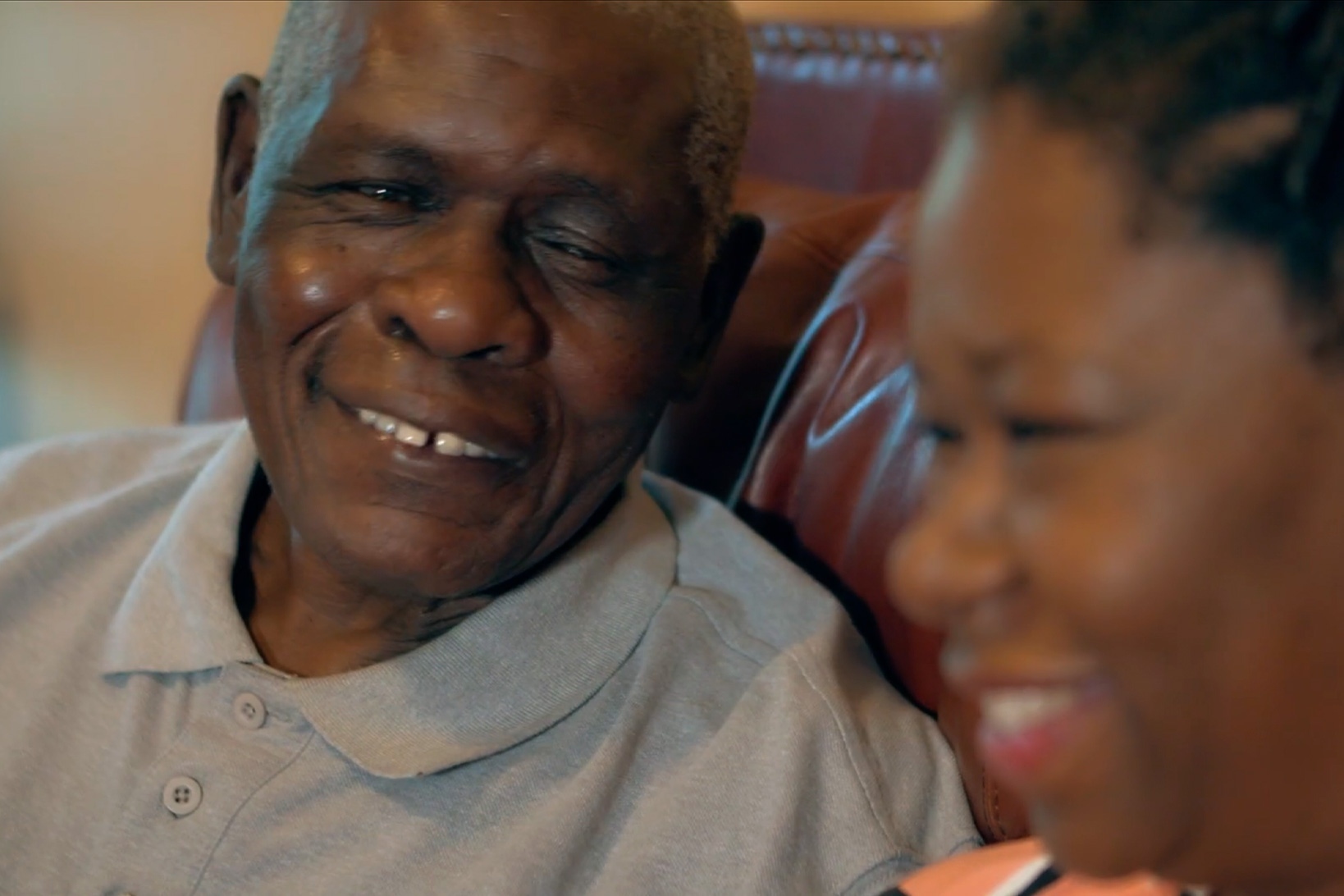by Thomas M. Mazza, MD, FACS, Lexington Surgery
Diverticulitis is inflammation or infection in your diverticula, which are small pockets that can develop inside your colon. Having diverticula is called diverticulosis.
Many people over 40 have diverticulosis, and most experience no problems. Only about 4% of those with diverticulosis develop diverticulitis. Though diverticulitis is more common in older adults, even young people can develop the condition.

One of the most common symptoms of diverticulitis is pain in the lower left quadrant of the abdomen. Pain can range from mild or severe, often requiring treatment in a hospital Emergency department. Other symptoms include:
- Distended abdomen
- Fever
- Nausea and vomiting
- Rectal bleeding
- Constipation or, less commonly, diarrhea
Researchers are unsure exactly what causes diverticula to develop but think a diet high in processed foods is a contributing factor. Though some people with diverticulitis avoid eating seeds, nuts, and corn, no specific foods are proven to be the underlying cause of the condition. So, while there is anecdotal information that eating those foods can cause diverticulitis, there is no proven clinical evidence to support it.
Typically, diverticulosis is not treated because it is not causing any clinical symptoms or problems. Therefore, we begin treatment only when people develop acute or recurring diverticulitis.
People often present to the emergency room with acute pain. We investigate to understand how severe the attack is. Usually, diverticulitis can be treated with conservative measures like antibiotics, IV fluids for hydration and bowel rest.
If the disease process is significant and the inflammation or infection is advanced, we may need to use a catheter to drain any abscesses that have developed. In the most severe cases in which the bowel has perforated, surgery is required. These patients often need the placement of a temporary colostomy bag to allow the colon to heal.
If patients have recurring bouts of diverticulitis, we work to optimize their health and then schedule an elective, minimally invasive surgical intervention to remove the diseased section of the colon. We can often reconnect the colon without placing a temporary colostomy bag in these cases. Usually, patients are able to go home after two or three days in the hospital.
A high-fiber diet is then recommended to keep the bowels moving.

Thomas M. Mazza, MD, FACS, Lexington Surgery







Leave a comment